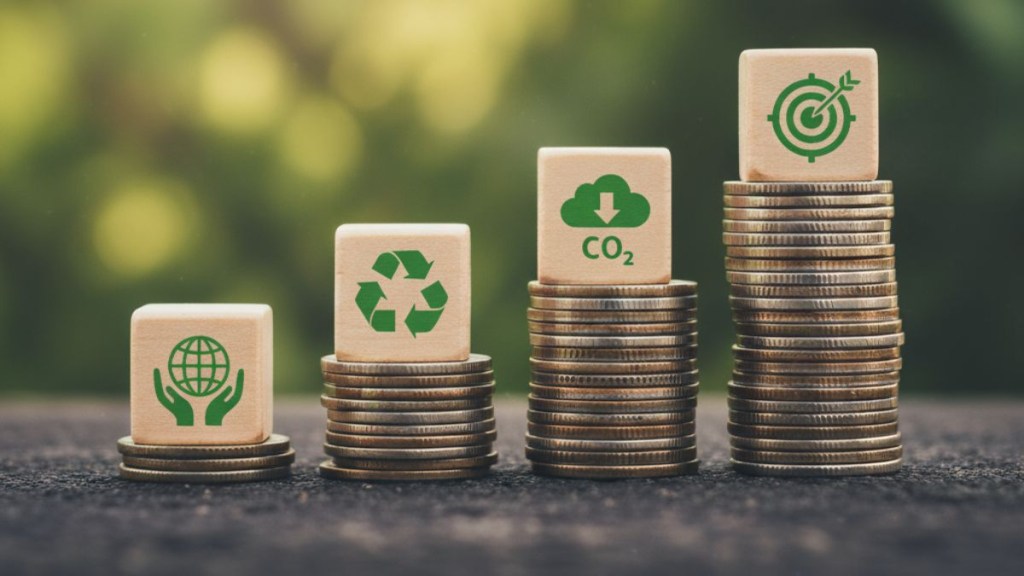Green bonds continued to draw less investor interest, which may restrict the government’s ability to raise funds through this route in the second half of the financial year as well, said experts.
In the first half, the government planned to raise Rs 10,000 crore, but it could raise only Rs 5,000 crore. Industry experts believe that though the government has kept the targeted issuances at Rs 10,000 crore in the second half, it may not be able to do so.
This is similar to the experience in 2025 when the government had announced the issuance of Rs 32,000 crore in FY25 with Rs 12,000 crore in the first half and Rs 20,000 crore in second half, as per data from government. However, the government could only raise Rs 21,697 crore in FY25, including Rs 7,443.49 crore that devolved on the primary dealers.
What do experts say?
Experts said that the government was not able to get ‘greenium’ or ‘green premium’, which is the lower yield at which investors have to accept the bond. On June 13, RBI cancelled its 30-year sovereign green bond auction as the cut-off came higher than the Reserve Bank of India’s expectations. The yield on the 30-year bond is currently trading at 7.13%, while the yield on the 10-year benchmark is 6.51%. The trajectory indicates that developing a robust green bond market still remains uneven.
“The greenium has become much less significant at 2-3 bps than initially expected. Issuer was prepared for a healthy premium, which fuelled excitement in the market’s early phase. However, the actual premium has turned out to be quite modest and is not especially lucrative for issuers,” said Soumyajit Niyogi, director- India Ratings & Research.
What did Alok Singh say?
According to Alok Singh, treasury head at CSB Bank, the market would not pay a premium without any incentive. “When green bonds were announced, investors expected some form of recognition or incentives—such as sustainability credits or acknowledgment for investing in environmentally friendly assets, which is why it received a good response earlier. However, it did not turn out as expected and green bonds remained as any other bonds in our books.”
The subdued green premium also reflects both market dynamics and ongoing macroeconomic factors—such as elevated domestic yields since June 2025 despite a 100-bps policy rate cut, said experts. The bond market is also grappling with a demand-supply mismatch for long-duration bonds, which also slightly contributed to cancellation of 30-year green bond auction.
Srinivasan emphasised on the need of the government to step in with calibrated regulatory measures to promote green bonds such as such as SLR eligibility incentives, dedicated ESG investment windows for provident, pension, and insurance funds, and greater secondary market support. He added that these measures could broaden participation.
Experts noted that it will take a longer period for green bonds to get better traction. “It’s important to recognise that building a robust global green bond ecosystem will take time. The transition to a thriving green finance environment continues to be gradual rather than immediate,” said Niyogi.

